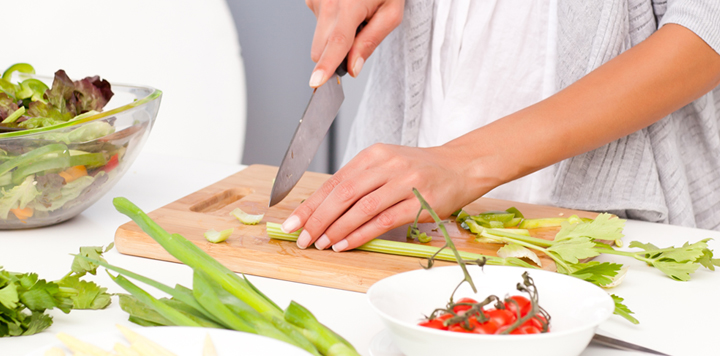For centuries, Japanese knives have earned acclaim for their precision and craftsmanship. Among these, the Santoku knife stands out as a preferred choice among home chefs and culinary professionals alike. But what differentiates these knives in a marketplace filled with options? Join us as we explore how to select the best Japanese Santoku knife tailored to your cooking style.

Why Japanese Knives Are Highly Regarded
Diving into the realm of Japanese knives, one must first recognize the reasons behind their esteemed reputation. Known for exceptional sharpness, longevity, and lightweight design, these knives strike a harmonious balance between visual allure and functional prowess. Artisans dedicated to the craft of Japanese knife-making often blend time-honored traditions with cutting-edge methods.
Unique Traits of Santoku Knives
What fundamentally distinguishes the Santoku knife from its Japanese counterparts? The name 'Santoku', meaning 'three virtues', highlights its versatility for cutting, slicing, and mincing. This makes it a remarkable tool for tasks that require both precision and speed. Bouquets of chefs appreciate the shorter blade of the Santoku knife for its superior control, ensuring accuracy in fast-paced cooking environments.
Key Considerations for Choosing a Santoku Knife
When pondering the essence of the best Japanese Santoku knife, several vital factors come into play. Firstly, the steel type used in the blade greatly influences its sharpness, edge retention, and resistance to rust. Brands typically select either stainless steel or high-carbon steel based on how the knife will be utilized.
Moreover, the handle's material and design impact comfort and grip, which are paramount for culinary experts who often spend hours preparing meals. A well-balanced knife reduces fatigue, allowing for prolonged use without discomfort.
Top Recommendations for Santoku Knives
After reviewing the essential factors, lets look at some standout recommendations. Each knife offers unique advantages in terms of performance, style, or value for money.
Shun Classic Santoku
Celebrated for its VG-MAX steel construction and elegant design, the Shun Classic Santoku is known for its razor-sharp edge and remarkable durability. Its D-shaped pakkawood handle ensures a secure and comfortable grip, which is essential for professional use.
Global Santoku
Renowned for its stainless steel construction, the Global Santoku is a light and agile choice adored by many chefs. Its seamless build prevents food residue and dirt from gathering, simplifying maintenance, a quality that contributes to its long-lasting performance.
Yoshihiro VG10
The Yoshihiro VG10 melds traditional forging skills with contemporary materials. Displaying a hammered tsuchime finish, this knife effectively reduces friction, making it less likely for ingredients to cling to the blade.
Proper Care for Your Santoku Knife
Caring for your knife is crucial for maintaining its performance and lifespan. Regular sharpening and correct storage techniques will keep your Japanese Santoku knife in optimal condition, ready for even the most delicate culinary tasks.
Conclusion
Choosing the best Japanese Santoku knife hinges on understanding your unique culinary requirements and how the knife's features align with them. Whether you value sharpness, durability, or aesthetic design, a thoughtfully selected Santoku can enhance your cooking experience, offering the precision and efficiency necessary for all your kitchen endeavors.

Frequently Asked Questions
What benefits does a Japanese Santoku knife offer?
A Santoku knife provides incredible versatility, excelling at slicing, dicing, and mincing. Its architectural design promotes precision and lessens fatigue during extended use, making it a staple among professional chefs.
How often should I sharpen my Santoku knife?
The sharpening frequency varies based on usage, but for culinary experts, routine sharpening every two to four weeks ensures peak performance.
Can a Santoku knife replace other kitchen knives?
While the Santoku knife is indeed versatile, it may not completely substitute all kitchen knives. You may still require complementary knives, such as a chef's knife or paring knife, for specialized tasks.
Additionally, if you're curious about other knife brands, you can read more about Boker and Henckels for further insights on their quality and offerings.
For a deeper understanding of kitchen knives and their various types, feel free to check this external resource.
This article contains affiliate links. We may earn a commission at no extra cost to you.


























